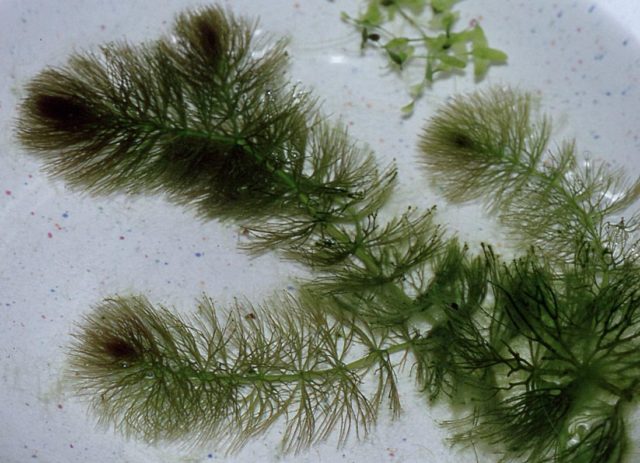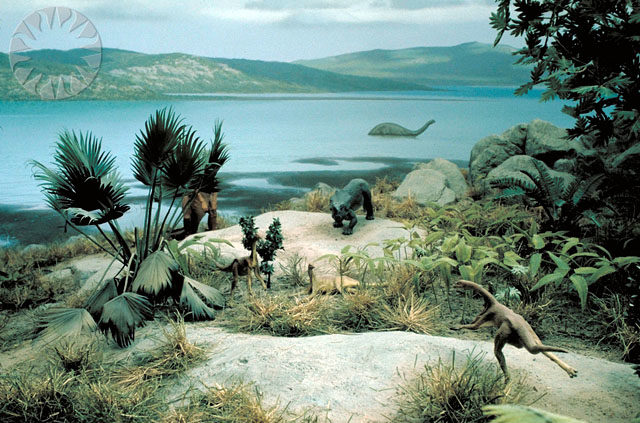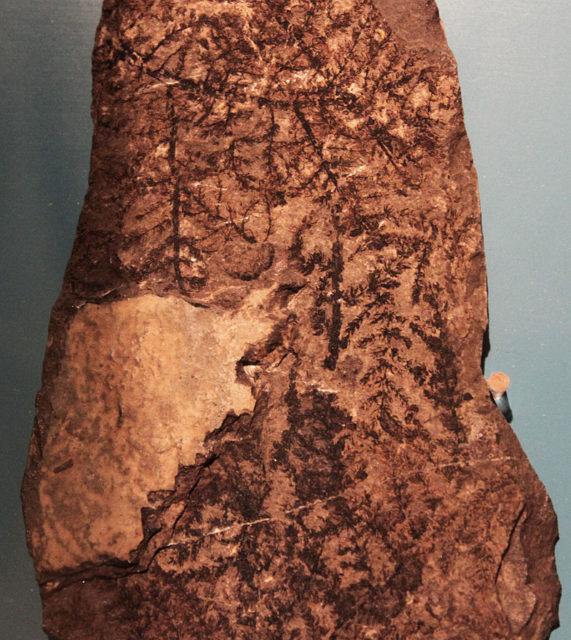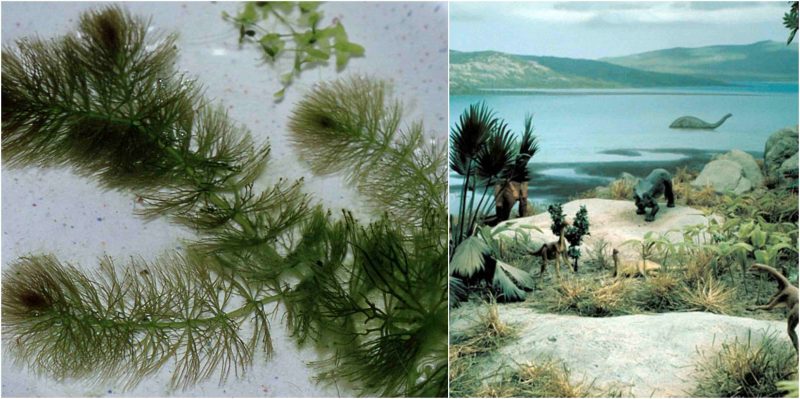We seem to be obsessed with the idea of getting to know the origins, the birth and sometimes the pre-birth conditions, of the things and phenomenon that make up the world around us.
However, nature, as it becomes evident with passing time, begs a little more fluid approach in terms of defining the origins or a starting point.
Many are calling it the first plant, but the researcher who discovered the world’s oldest plant, David Dilcher is calling this the best evidence of the earliest known plants we have been able to discover so far.
Mr. Dilcher thinks that calling his discovery ‘the first plant’ will be more on the poetic spectrum. However, he is not hesitant to point the significance and effect of such discoveries in our quest to know about the origins of the plant world.

The task David Dilcher and his team undertook was monumental and required the patience to the nth degree; they literally had to ‘excavate’ the plant fragments that were surrounded by limestone.
The researchers had to use Hydrochloric Acid to dissolve the limestone and then painstakingly retrieve the small fragments of the plant which were then thoroughly bleached and structurally examined under high power microscopes.
The plant dating back to the early Cretaceous period had an aquatic nature, meaning it grew and flourished underwater and is given the name Montsechia Vidalii.
To the surprise of the researchers, the plants did not seem to have any petals or roots for that matter; it is a common understanding that roots are a fundamental part of plants. The leaves were either spiraled or pointing opposite each other along an axis. Flowers were observed sprouting out of the plants and each of the flowers had one seed sealed in them.

Another challenge that scientists have to face while dealing with the plants so far back in the history of the earth is the fact that at the time animals had not evolved to the stage where they could carry seeds around to start pollination.
Instead, researchers believe these plants presumably had separate male and female species, and seeds were possibly released in the water and carried around by the currents.
Hailing the new plant discovery, Mr. Sam Brockington a fellow in the department of plant sciences at Cambridge University, said that the paper explaining the various aspects of the discovery provides a provocative yet fascinating analysis of the early plants.
He added that it has always been a subject of discussion among evolutionary biologists who seem split on the matter of early plants being aquatic or land-based. Dilcher’s work though does not close the doors of discussion but provides valuable insight into the early aquatic plants and the way they evolved under extreme conditions.

Dilcher is adamant that biologists have to invest more time and energies into understanding the early evolution of such flowering aquatic plants. He points towards the growing crisis in the world regarding the potentially doomed future of the flowering plants that require animals for pollination. Without the kind involvement of bees and other pollinators these flowering plants’ population could dramatically decrease; which now seems a grim possibility due to the declining populations of bees in the US and the European continent.
